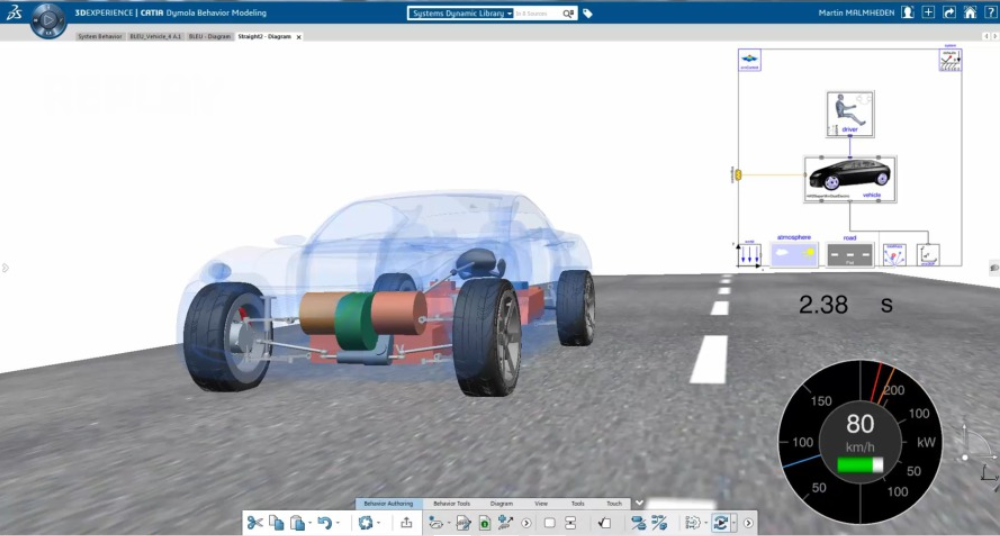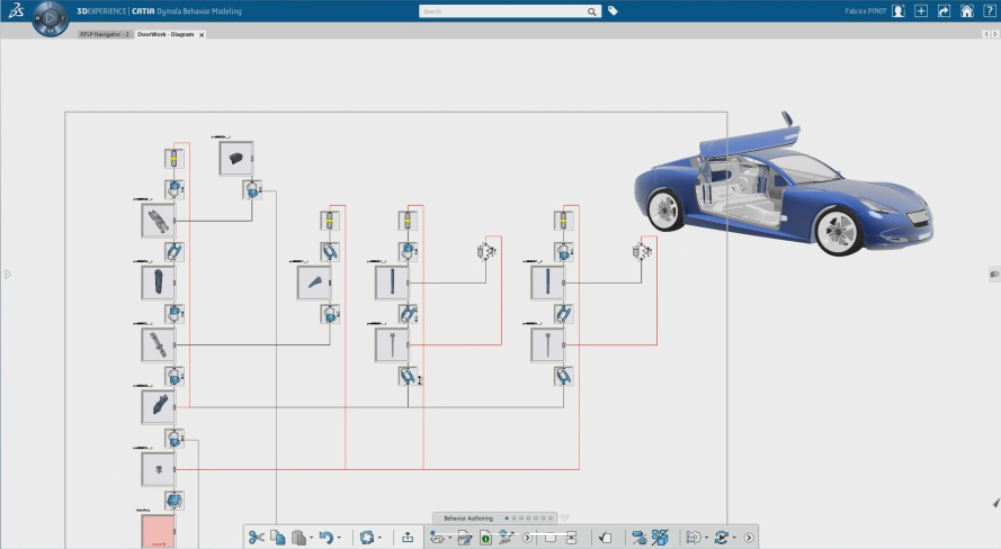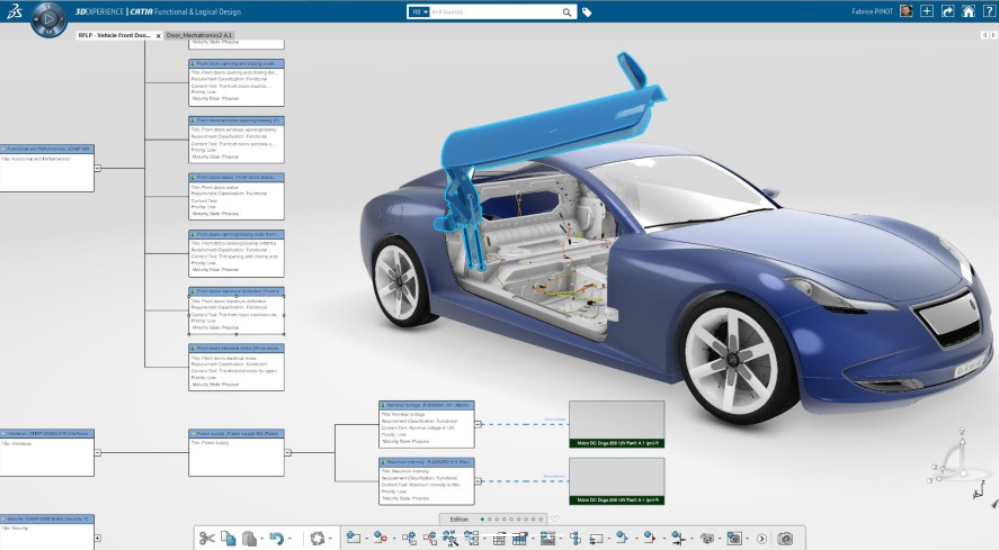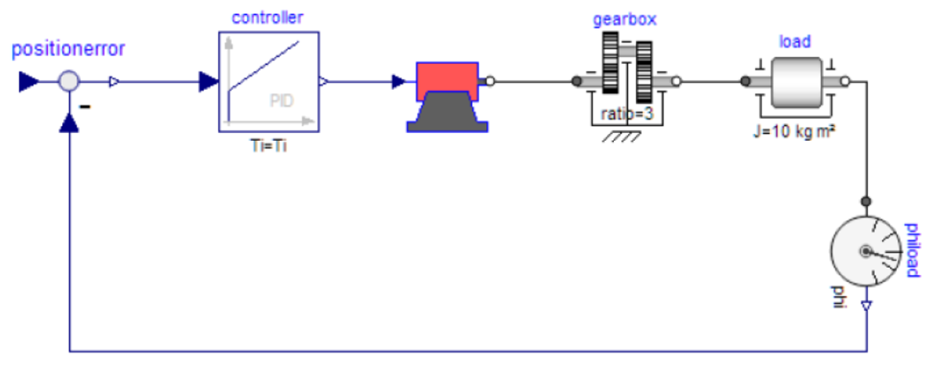1-D Simulation – Multi-Engineering Modeling and Simulation
In today’s age, products are becoming complex. Often, they are a combination of mechanical, electrical, pneumatic and hydraulic components along with sensors and microprocessors with varying degrees of interactions.

1-D Simulation is an approach to modeling and analyzing multi-domain systems, and thus predicting their multidisciplinary performance, by connecting validated analytical modeling blocks of electrical, hydraulic, pneumatic and mechanical subsystems into a comprehensive and schematic full-system model.

1-D Simulation, also referred to as mechatronic system simulation, is a multi-domain systems simulation in combination with controls.
Simulations like these provide information for new innovative designs in multiple industries e.g., aerospace, automotive, construction, shipbuilding and many others.
1-D Simulation software uses validated libraries containing predefined components for different physical domains. These standard representations allow you to investigate different concepts at the very early stages of the design, even before any CAD geometry is available. Parameters can be refined and details can be added as they become available, making 1-D Simulation a perfect complement to detailed 3-D Simulation throughout the entire design cycle.

FMI allows any modeling tool to generate c code or binaries representing a dynamic system model which may then be seamlessly integrated in another modeling and simulation environment. So, to summarise, 1-D Simulation offers you an open development approach, starting from functional requirements to physical modeling and simulation, enabling concurrent engineering of mechatronic systems in a collaborative design environment.

Process in 1- D Simulation
1-D simulations aim to increase system efficiency, by helping engineers understand the interaction of the different components within the system. The process of building a model for a system consists of a few steps:
- Input the correct components and link them together
- Assign the correct physical models to the different components (e.g., stiffness, acceleration etc.)
- Enter the correct parameters for the physical models
- Run the simulation
Each component is simulated separately with its own input and parameters. This means that the model gives an accurate display of the performance of the system, because it also takes the interactions of the different components with each other into account.

1-D Simulation calculations are very efficient. The components are analytically defined, and have input and output ports. Causality is created by connecting the inputs of a component to the output of another one (and vice-versa). The resulting mathematical system has a very limited number of degrees of freedom compared to 3D Simulation.
Comparison of 1-D with 2D/3D Simulation
What makes 1-D simulation different from 2D or 3D simulation and why one should consider it? The main difference here is that 2D/3D simulations show the interaction of individual components with their surroundings whereas 1-D simulations show the entire design of a system and the interactions of the different components of this system. This makes a 1-D simulation excellent for optimising the design of an entire system, while 3D simulation is great for determining the optimum design characteristics of individual components.

Benefits of 1-D Simulation
Benefits of 1D Simulation include efficient modeling of complex mechatronic systems throughout the entire design cycle.
- Optimize complex multi-domain mechatronic systems from the concept phase, even before detailed CAD is available
- Study transient and steady state behavior
- Balance product performance and regulation constraints according to brand-critical attributes
- Achieve optimized design architectures before committing to expensive and time-consuming prototype testing
- Quickly analyze a multitude of design options
- Achieve optimal designs while reducing the number of physical prototypes



